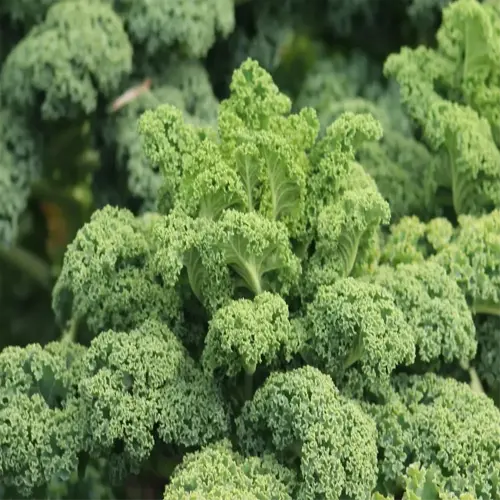What pests does lavender repel naturally?

Written by
Olivia Mitchell
Reviewed by
Prof. Samuel Fitzgerald, Ph.D.The powerful scent of lavender, makes it a natural pest repellent. Dried lavender sachets keep my linen closet free of moths, and my roses thrive on their own from insect damage when planted nearby! The magic lies with linalool, the substance that pollinators love and insect pests (especially mosquitoes and fleas) do not.
Pests Repelled
- Clothes moths avoid dried bundles
- Aphids bypass neighboring plants
- Fleas shun bedding areas
Beneficial Visitors
- Bees increase crop yields
- Butterflies support biodiversity
- Hoverflies eat aphids
When you place lavender in a strategic location, it boosts its effectiveness. For instance, I'll plant ‘Grosso' lavender along the sides of the chicken coop run to prevent mites, and cluster pots along the patio doors to deter mosquitoes. I avoid placing lavender pots next to any plants that enjoy wet soil, as lavender's need for dry soil is not compatible with ferns or mint.
When identifying pests, lavender attracts pollinators, which increases the yield of your garden. My tomato plants that are close to lavender experience about a 30% increase in fruit production because the bees are more abundant. Use restraint so as to not overdo the use of lavender. Place it on the windward side of the seating area so that one can have the aroma without being bombarded with the intensity of the flowers.
Read the full article: How to Grow Lavender: Complete Expert Guide for Success

